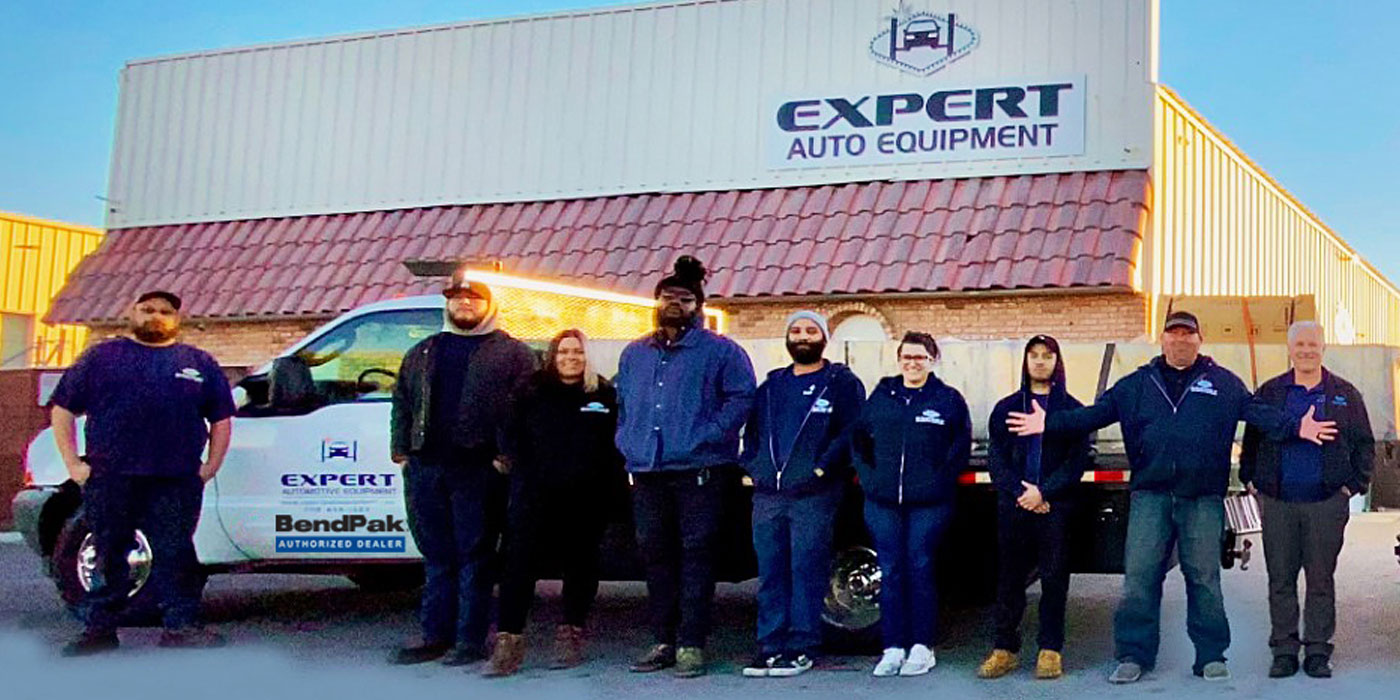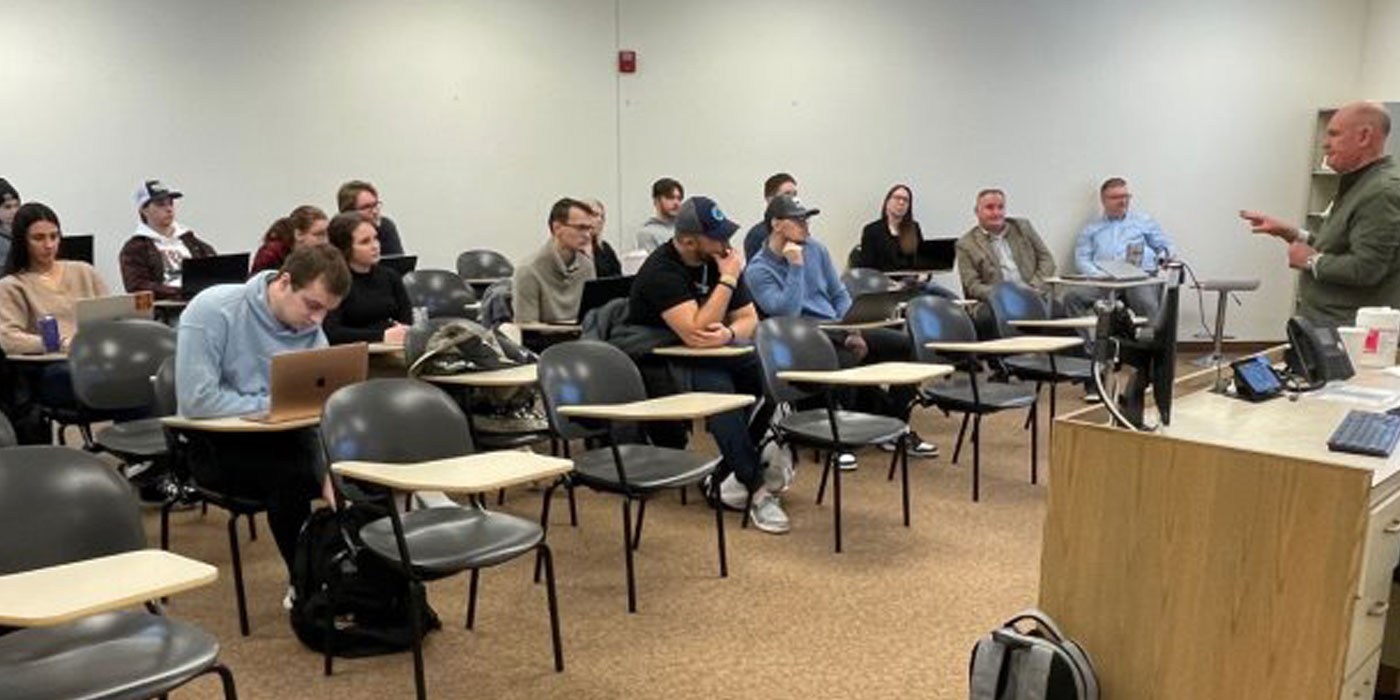This month Counterman and aftermarketNews editors present the
top 10 topics that most affect distribution today.
#1 Store Personnel
Consider all the jobs store personnel perform and you’ll get a good sense of the influence they wield in the aftermarket.
Of all the professions in the aftermarket, only parts professionals sit in the unique position that allows them to touch nearly every level of the aftermarket. They — and only they — deal on a daily basis with WDs, manufacturers, program groups, technicians and consumers. Parts professionals have the widest and broadest ability to influence what both professionals and DIYers alike buy, and can impact the successes of both in profound ways.
Good store personnel can make or break a service dealer. Good stores know their customers, and stock appropriately according to their customer needs. They function as the direct conduit to technicians for training, program group program coordination and dissemination of technical, marketing and sales information.
For WDs, store personnel can determine the health of a distributor. After all, more and more WDs are buying stores; they know that success rests with store ownership. But, as many WDs have discovered, store ownership is only as good (and profitable) as the guy answering the telephone.
For manufacturers, the stakes are even higher: With the reduction of outside sales forces, parts professionals have become de-facto brand representatives for the products they carry.
Manufacturers can’t talk to every tech in the market; parts pros do it every single business day.
In the end, part professionals are the industry’s only real link to the technician, who relies on his store personnel for more than just product, creating a relationship that goes way beyond mere hot-shot delivery. It is a true partnership in every sense of the word, bringing with it all the influence that responsibility bears.
#2 The Battle for Store Ownership
The battle among warehouses boils down to one thing: store ownership. Distributors increasingly understand that they must own stores in order to be successful, and many are increasing their store counts through a continued strategy of acquisition.
The result is an ever-growing and ever-consolidating list of mega distributors. Counterman’s historical tracking of store ownership trends bear this trend out. Over the last three years, the top 20 store chains in the market have increased their aggregate store counts by an average of 4.6 percent.
However, the decision as to which stores to buy does not always just boil down to expanding geographic footprints. Smart WDs take a hard look at individual store personnel as well. These business owners know that what separates a good store from a great one is in the quality and caliber of those working the counter and delivering the parts. They know technicians don’t buy from buildings — they buy from people.
The very future of programmed distribution rests with the way future WD and store group consolidations occur, and thus upon the very shoulders of those working the counter.
For more information on this topic, see The Super Stores in the February issue.
#3 Data and Cataloging
Bad data is like a nest of termites, undermining the very foundation of manufacturing and distribution. All the hard work done among manufacturers and WDs is moot if the counter can’t find the parts, or parts information is incorrect. But it happens all the time, losing an estimated $2 billion per year.
The effects of bad or delayed data can be especially acute at the store level, where incorrect cataloging information can stall sales, sending them to a competitor, or worse, to the OE dealer parts department.
The good news is that the industry, through some impressive leadership at the association, manufacturer and WD level, is making some headway, albeit slowly. Industry-wide implementation of industry standards is the right thing to do, and its influence will have far-reaching, positive impact on the entire aftermarket — if everyone embraces it.
For more information on this topic, see The Plan Behind Plan-o-Grams in the February issue and Category Management: How it Impacts the Aftermarket in the March issue.
#4 The OE Influence
The battle of the bays is being waged within our own industry, pitting aftermarket brands against OE brands, often manufactured by the very same companies.
In some ways, the aftermarket is losing this battle. According to Industrial Marketing Research, repair shops source nearly 29 percent of their parts through OE dealer channels. More bad news: nearly a fifth of all shops source the majority of parts from the OE dealer, an increase of 13 percent over 2005. And they do this, even though 40 percent of shops say that dealerships do “a fair to poor job” supporting their businesses. The message: Repair shops don’t necessarily want to buy parts from the OE dealer, but continue to do so because the aftermarket isn’t providing enough reason to do otherwise.
#5 “As Good As” Marketing
It’s a caveat of advertising: Don’t mention your competitors in a favorable light. But that’s exactly what the industry is doing every time it touts its products “as good as” the OE equivalent.
While it’s true that aftermarket products are often as good as OE product — better in many circumstances — the mere mention of the OE product sets it up as the standard by which aftermarket product should be compared. Simply, it’s relegating aftermarket product to second-class status. The aftermarket needs to provide fewer reasons for customers to source from the OE dealership. We certainly don’t want the industry’s marketing efforts to be one of them.
#6 Parts Proliferation
More parts mean more headaches for manufacturers and, of course, the distributors that must stock them.
But a proliferation of parts is what we’ve got, and it takes a lot of effort to manage it all. Part commonization has almost become a four-letter word, as manufacturers extol OE-like fit, form and function, while at the same time touting its ability to provide coverage with a limited number of SKUs. In the end, those two strategies might just be mutually exclusive as the number of SKU continues to rise and technicians migrate to OE brands.
Whatever happens, distributors must become great at managing their inventories, smart at using shelf space and adopting modern methods of managing it all. Clean data, smart inventory managers and excellent part pros are certainly one of the ways to manage the influence of parts proliferation.
#7 Off-Shore Product
China is on everyone’s mind, and for good reason. It’s becoming a manufacturing giant that is influencing nearly every level of the aftermarket. China is no longer an aftermarket pretender; it is the real deal, bringing with it high-quality, less expensive product to the U.S. by the boatload. Chinese-made product will continue to influence manufacturers and distributors greatly, as each searches for better, more efficient ways to make, buy and sell auto parts.
For more information on China’s impact on the market, see Redefining Reman in the August issue.
#8 Manufacturer Health
With several notable bankruptcies and other financial woes, the past several years have not been kind to manufacturers.
As Counterman Publisher Jon Owens wrote in the May issue, “While WDs and retailers have been ‘sticking it’ to their suppliers, they might really have just been ‘sticking it’ to themselves.” The lack of mutually beneficial supplier-customer relations have contributed to growing discontent among suppliers and a dangerous situation among distributors. If WDs and retailers continue to squeeze their suppliers, the results will be long-term and very negative repercussions. Distributors need help, lots of it, and they’ll need healthy and vibrant suppliers to help them succeed. They are, after all, an influence you can’t live without.
#9 New Competition
It’s been a while since the market’s seen new competition enter aftermarket distribution. Heavy SKU counts, labyrinthian distribution schemes and a high-cost of entry make the auto parts distribution business seem like tough terrain. And it is. But for those that have the horsepower, the auto parts market might seem like a good bet, at least that’s what mega-retailers Amazon.com and Home Depot hope. Their influence on the market has not yet been felt, but the decision to at least test the automotive waters may forecast more definitive influence in the future.
An exclusive, interview with Amazon.com’s automotive vice president will appear in next month’s issue.
#10 Uniqueness of the Aftermarket
The aftermarket has been compared to many other industries: hardware, grocery, books and pharmaceuticals. Indeed, some high-profile CEOs have been culled from their ranks. They brought with them lessons from other industries, some worked, some didn’t. In the end, the aftermarket is a unique industry, one that almost demands home-grown solutions to our unique challenges.
Oh, the aftermarket has looked around and found some similarities to other industries, but no other industry deals with the kinds of market, pricing, margin, manufacturing, distribution and SKU pressures the aftermarket puts up with. Now that the industry has finally embraced its uniqueness, it just might use it to wield some definitive influence of its own.










